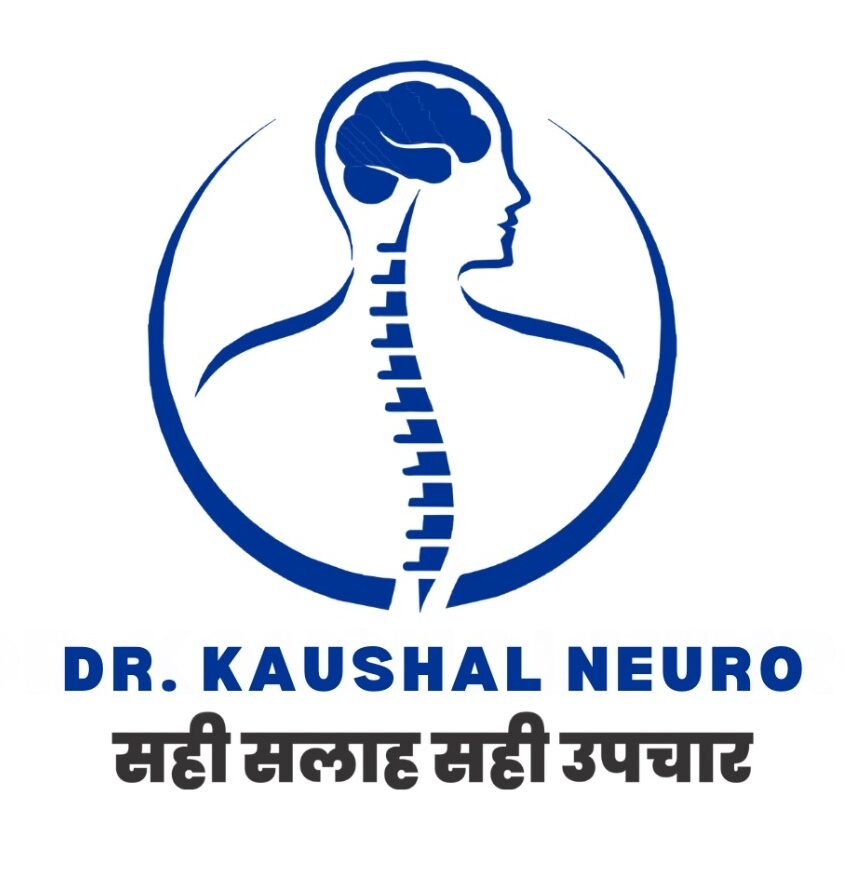Just like a heart attack, your brain can also suffer a “stroke” due to lack or poor blood supply to the brain cells. This is often a medical emergency and requires immediate medical care. Failure to act fast in case of a stroke can lead to adverse life-threatening consequences. This article will help you understand stroke as we take you through its types, causes, symptoms, and treatment options.
- One-sided weakness or paralysis.
- Aphasia (difficulty with or loss of speaking ability).
- Slurred or garbled speaking (dysarthria).
- Loss of muscle control on one side of your face.
- Sudden loss — either partial or total
- Blurred or double vision (diplopia).
- Loss of coordination or clumsiness (ataxia).
- Dizziness or vertigo.
- Nausea and vomiting.
- Neck stiffness.
- Emotional instability and personality changes.
- Confusion or agitation.
- Seizures.
- Memory loss (amnesia).
- Headaches (usually sudden and severe).
- Passing out or fainting.
- Coma.
Ischemic Stroke
This occurs due to deprivation of normal blood flow and oxygen supply to the brain cells. These are the most common and account for about 80% of all strokes.
Causes of poor blood supply to cells:
- Brain thrombosis (clot formation)
- Embolism (breaking of a clot fragment that travels to the brain through blood vessels)
- Lacunar stroke (small vessel blockage) due to untreated hypertension, hyperlipidemia, and type 2 diabetes.
- Cryptogenic (unknown reasons)
Hemorrhagic Stroke
These strokes occur due to bleeding in and around your brain.
Causes of bleeding
- Intracerebral due to any tear or injury inside your brain
- Bleeding in the subarachnoid space (space between your brain and outer covering).
Ischemic Stroke
- The top priority is to restore circulation to the affected brain areas. This is possible through certain types of medications called “thrombolytics,” which are clot-busting. These include aspirin or injection of tissue plasminogen activator (TPA). However, these are helpful only when administered within three to four and a half hours after a stroke. Because of the specific timing, they increase the risk of bleeding complications. Mechanical thrombectomy is another option, which is best done within 24 hours after symptoms begin. The procedure involves inserting a catheter (thin hollow tube) into a major blood vessel and clearing up the clot mechanically through a tool at the tip of the catheter.
Hemorrhagic Stroke
- Reducing blood pressure is the top priority for hemorrhagic stroke to minimize the bleeding. Supporting hemostasis is a treatment option that helps alter your body’s clotting ability and stop bleeding. Examples include vitamin K therapy and prothrombin infusions. Severe cases may require surgery to relieve the pressure on your brain.
Speech Therapy
- This helps you regain your language, pronunciation, and speaking abilities.
- It also improves your ability to control muscles that help you breathe, eat, and swallow.
Physical Therapy
- This helps improve the dexterity of your hands, arms, feet, and legs.
- It improves your muscle weakness and coordination problems.
Occupational Therapy
- This helps retrain your brain to continue your routine life by enabling controlled muscle coordination.
Support Groups
- Your doctor can redirect you to a support group that can offer emotional support and counseling to help you cope with anxiety and depression.
Dr. Kaushal Deep Singh, a renowned neurologist in Aligarh, has the expertise to handle patients with stroke through a comprehensive and holistic approach. Dr. Singh enables you to sail through your recovery period smoothly, improving your quality of life.
Stroke can be caused due to the following factors: Related conditions like:
- Alcohol abuse
- Hyperlipidemia (high cholesterol)
- Migraine headaches
- Type 2 diabetes
- Smoking
- Drug abuse
- Atherosclerosis
- Clotting disorders
- Heart defects (atrial or ventricular septal defect)
- Microvascular ischemic disease
- Dangerously high blood pressure
- Brain aneurysms
- Brain tumors
A stroke disrupts the blood flow to a part of your brain. Depending on the type of stroke, it can last between a few minutes to several days.
A stroke can be diagnosed through brain CT scan and MRI to check for bleeding inside the brain and the extent of damage caused to the brain cells.
There may be an indirect link between your heart, brain, and stress. Chronic stress can increase your heart, causing elevated blood pressure, blood glucose, and cholesterol levels. This can increase your risk of clot formation and embolism leading to brain stroke.
Yes, stroke can be severe enough to be fatal and cause death right away.

